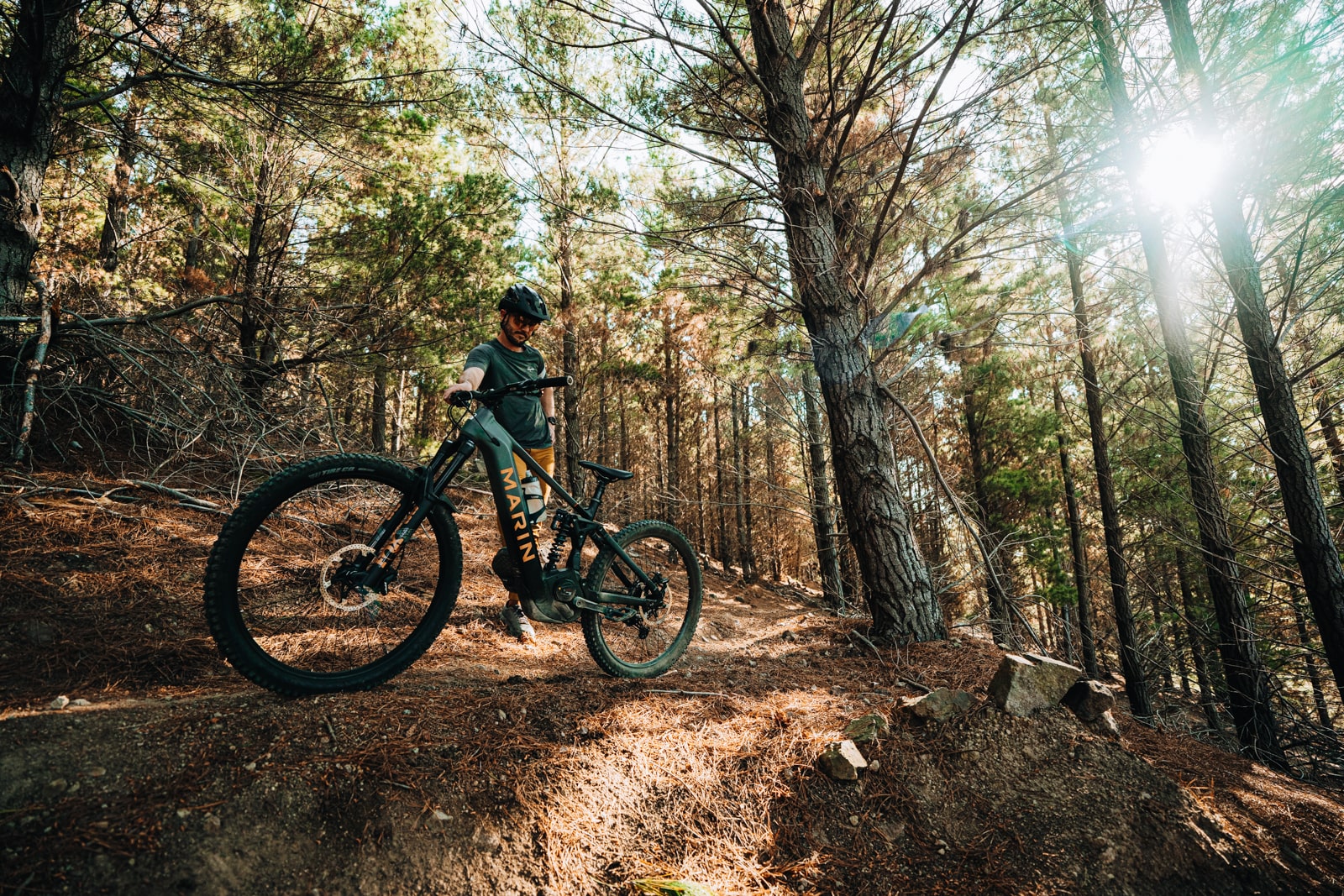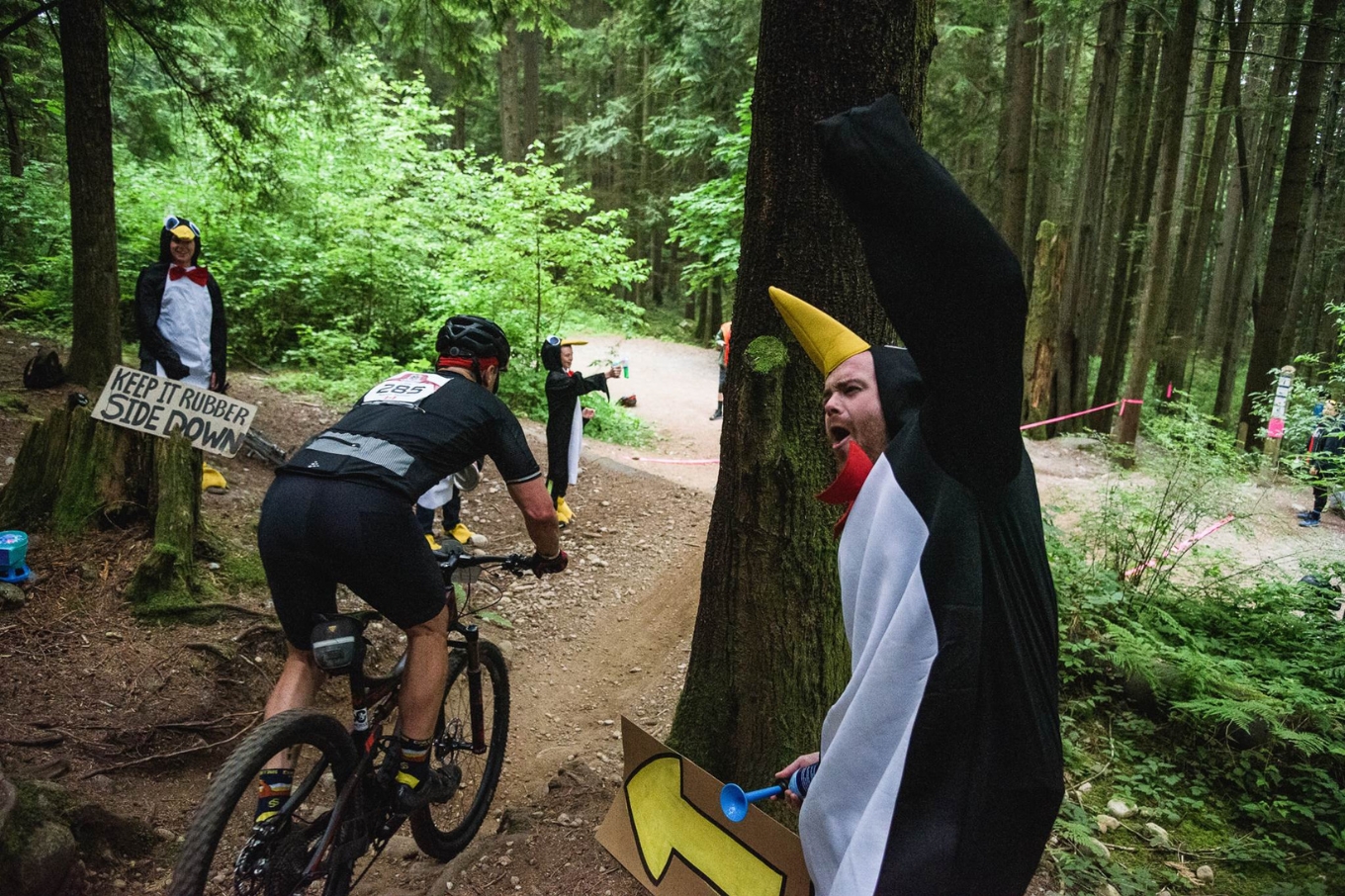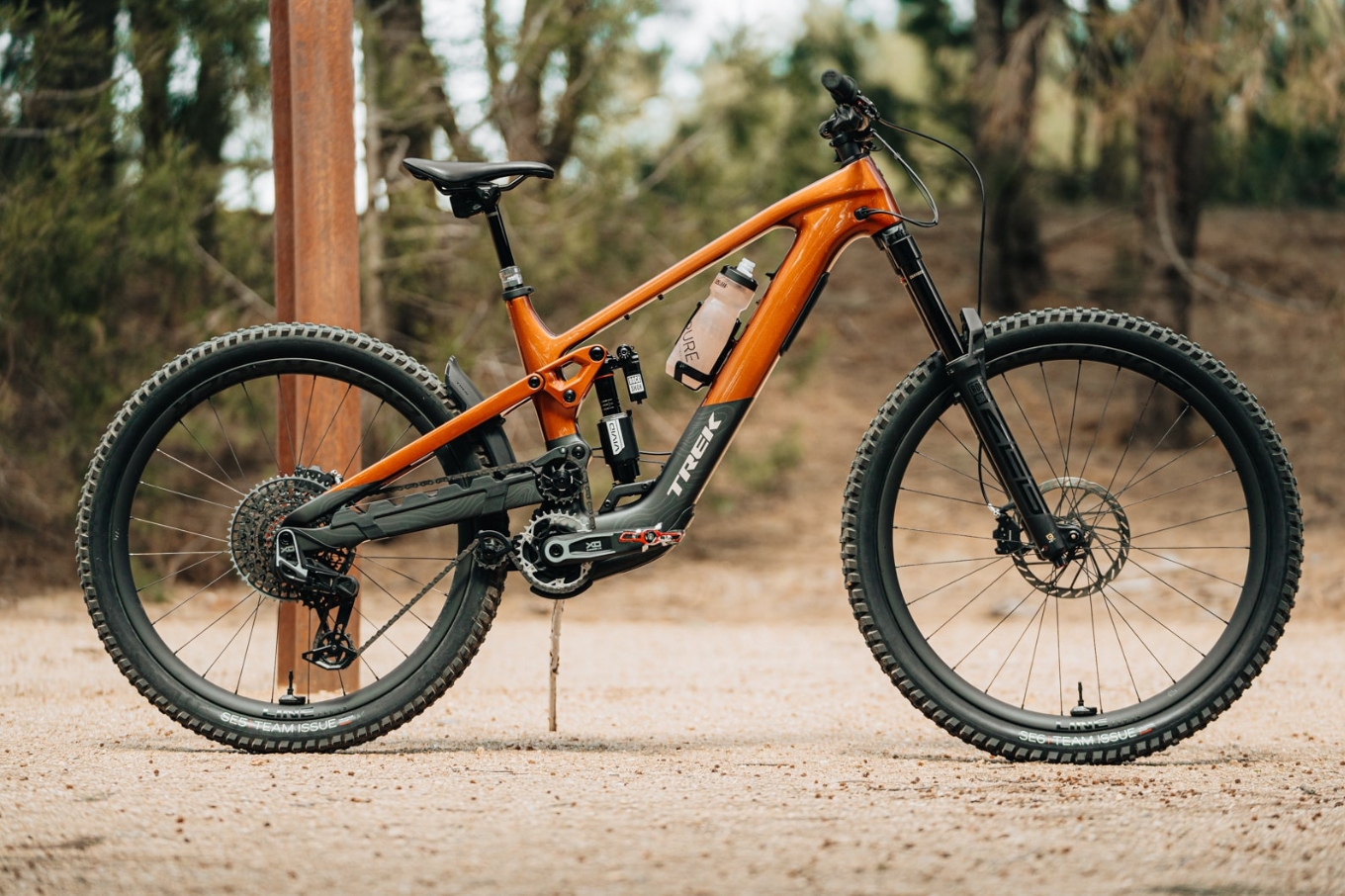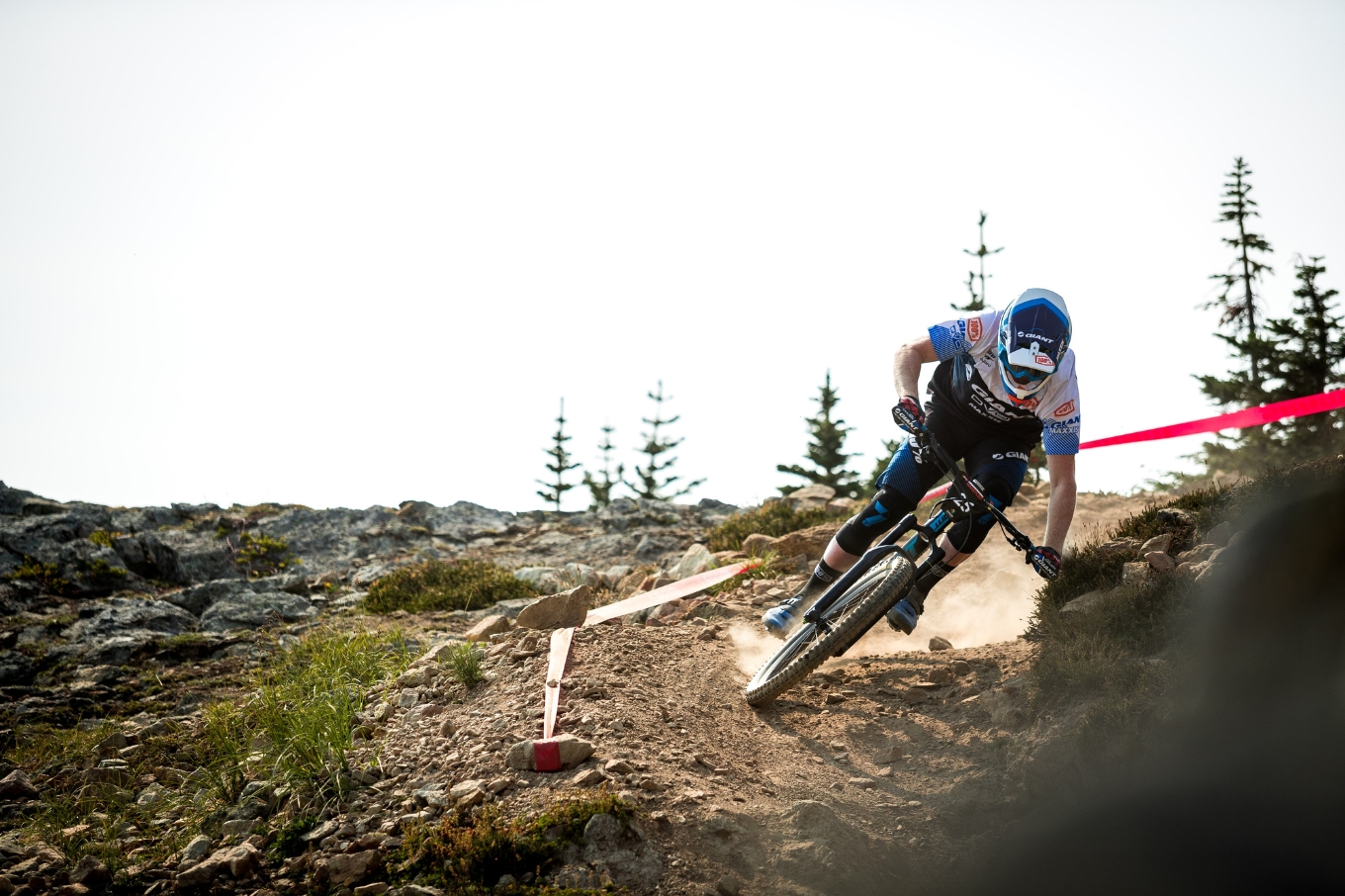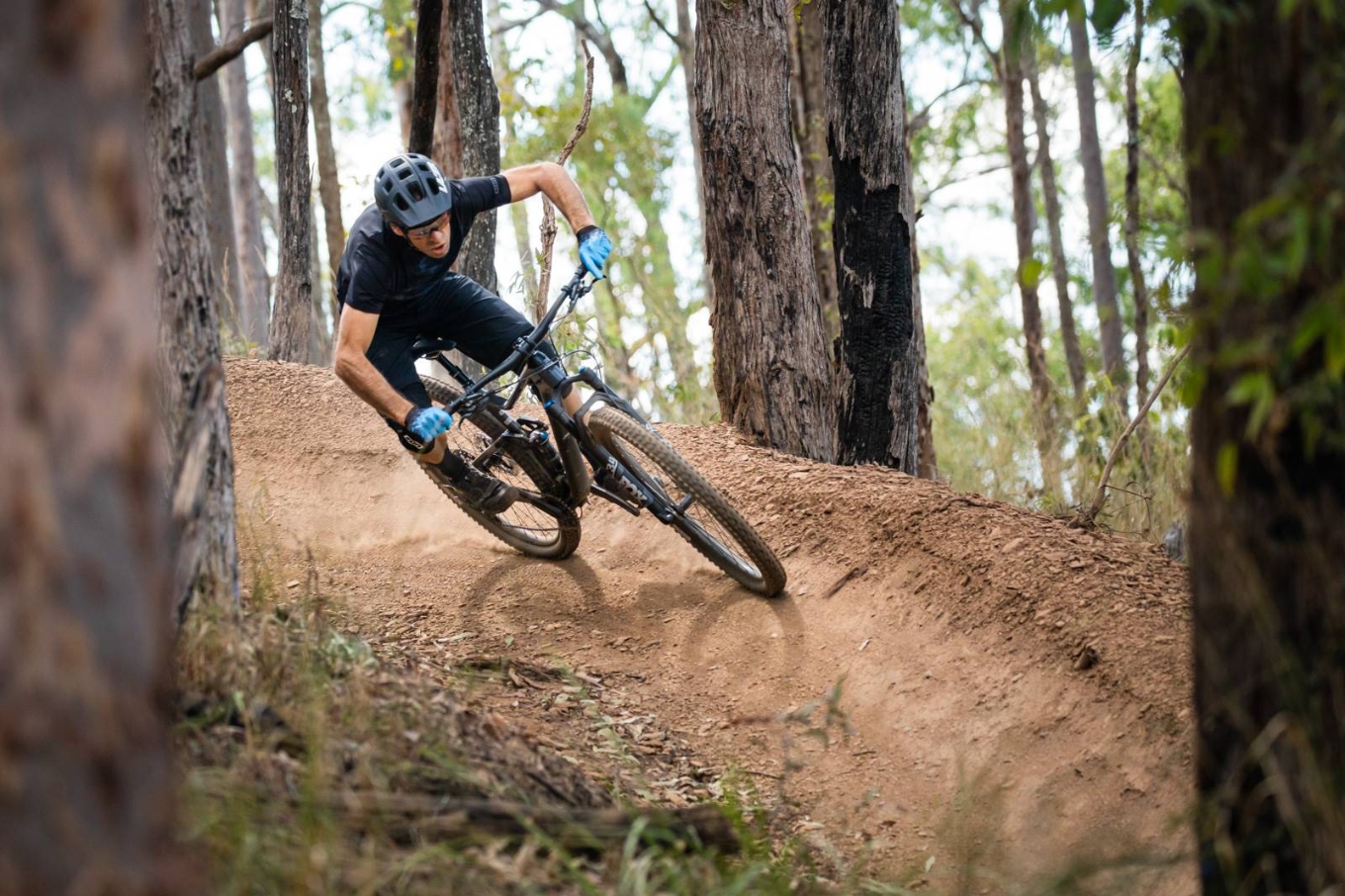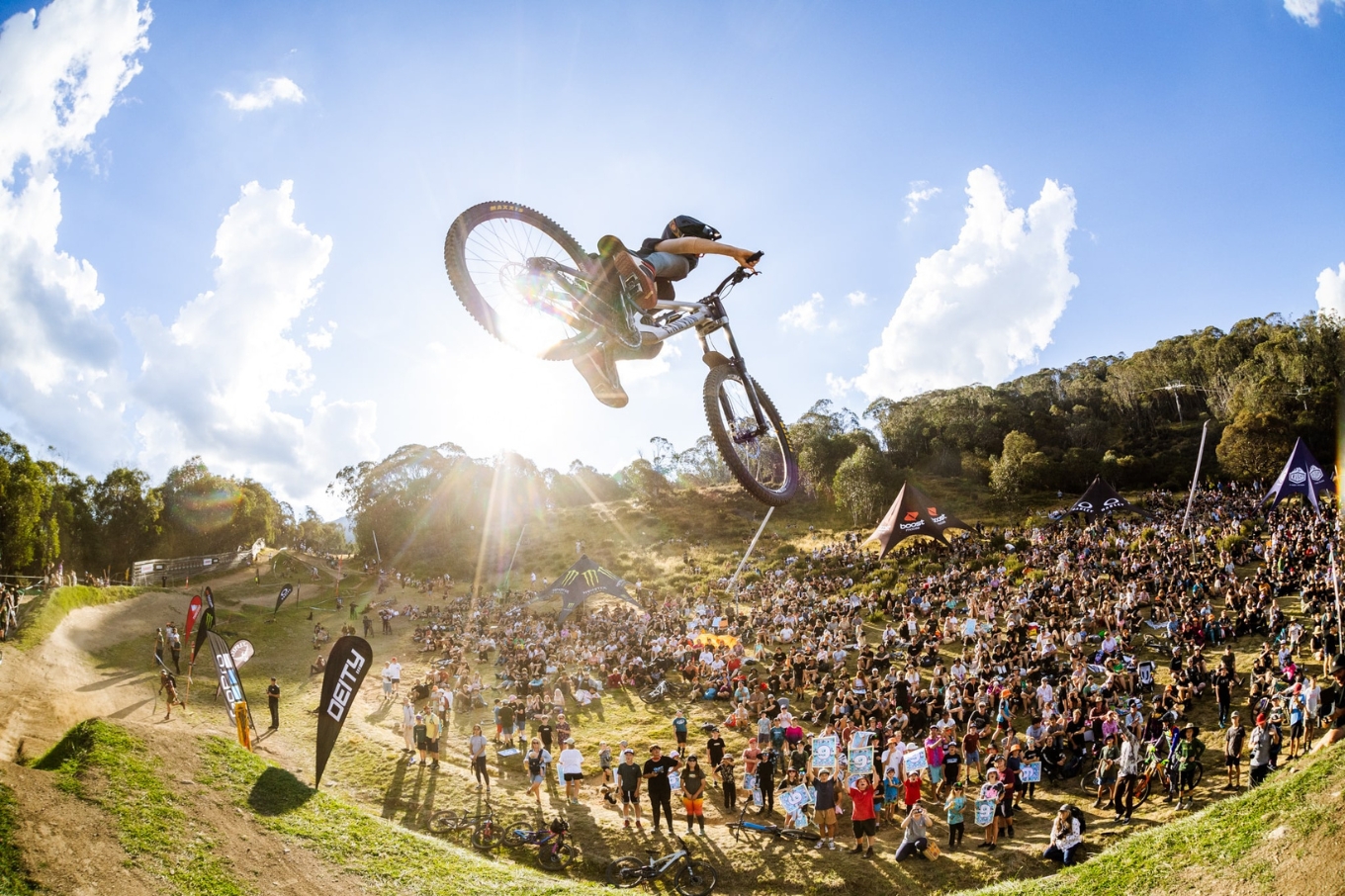Understanding the Specialized Stumpjumper and Stumpjupmer EVO
With a new range of Specialized Stumpjumpers and vastly different designs - what's the best choice for you?
After releasing the wild Stumpjumper EVO, Specialized have now released their all-new Stumpjumper. If you have been on the fence about getting a new trail bike and find these two options both exciting, but the decision process difficult, lets take a closer look at what each bike offers and who it might suit.
The Stumpjumper EVO
When the last Stumpjumper and Stumpjumper EVO were released, the EVO was pretty wild. The alloy frame was super slack, and it really sat apart from the Stumpjumper and Stumpjumper ST that were launched at the same time. The Stumpjumper EVO was a bike that the designers got to go have fun and create. But this time around they really dig into what us riders wanted.
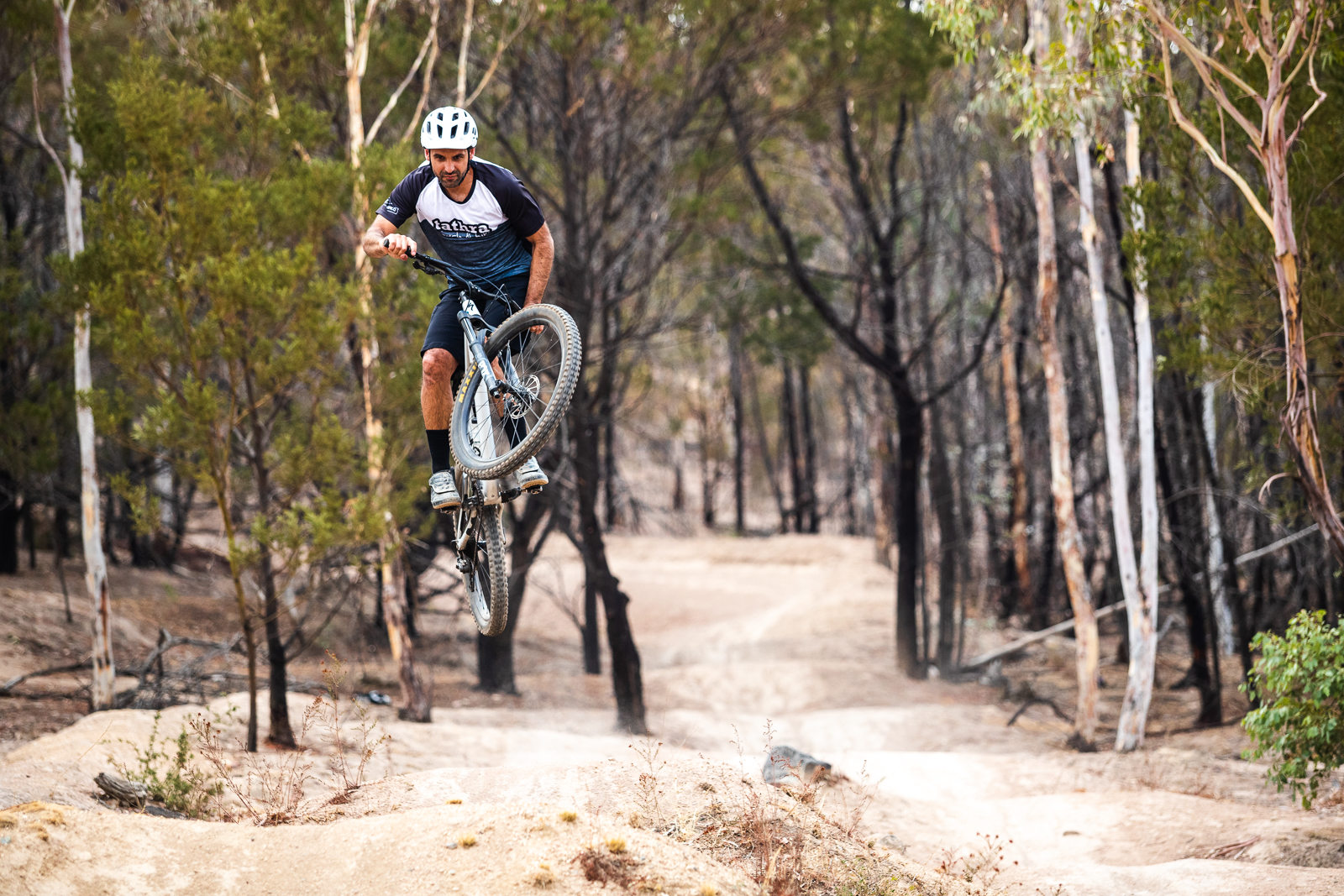
The design team spent a lot of time going to trails and seeing what riders wanted from a trail bike. They wanted to make the ultimate trail bike, and were looking at places that they could improve. It turns out, people loved frame storage and wanted more, they wanted a bike they could ride everywhere, and do almost everything. It had to be adaptable!
This came down to creating more SWAT storage, adjustable geometry, independent bottom bracket height and head tube angle adjustments, improved suspension kinematics, greater frame stiffness, and a pretty indepth analysis of the shock tune required so they could use a Fox DPX2 shock right in its sweet spot of adjustment.
So what does that look like?
There's 160mm of travel up front and 150mm in the back, on 29" wheels. But this bike is about a lot more than travel, it's about the geometry as well. And this is where Specialized let you make the bike really adaptable.
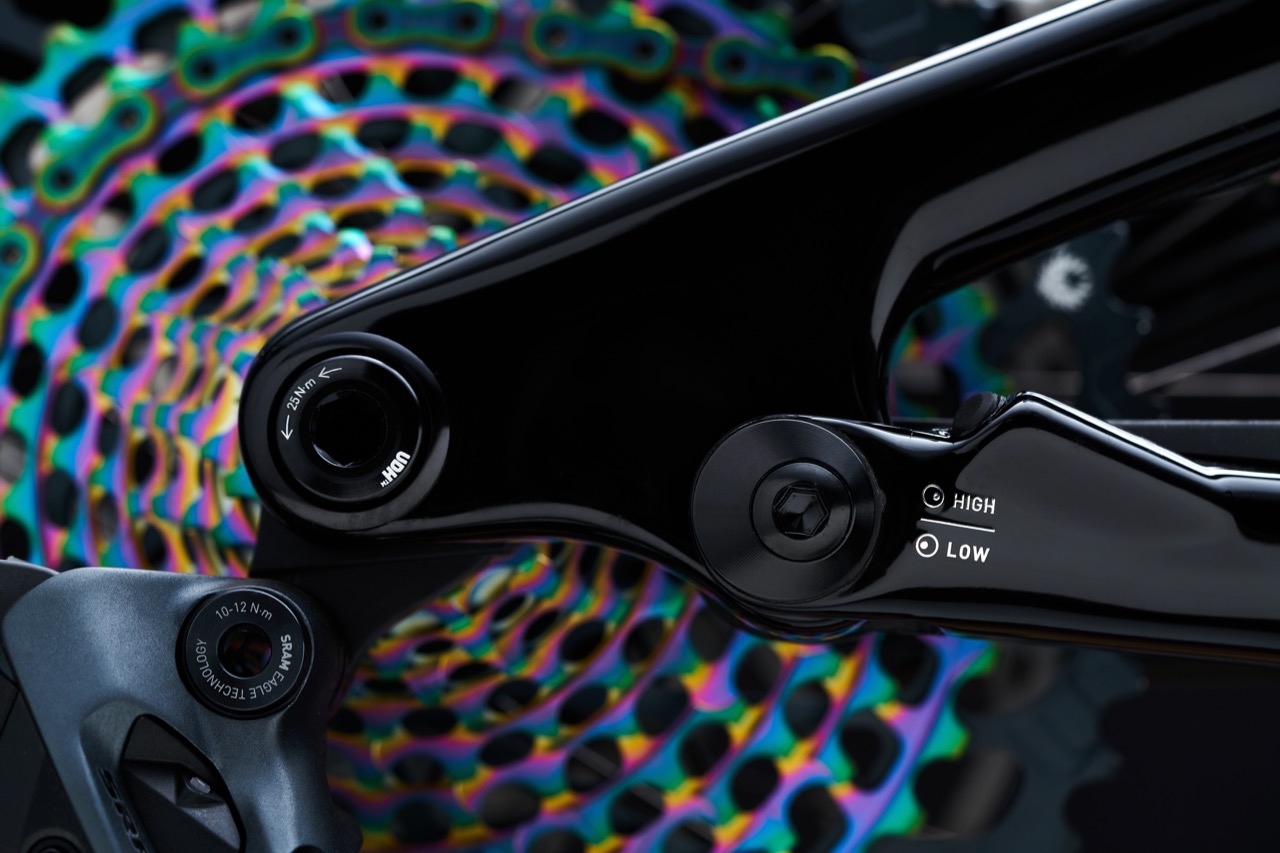
With high and low bottom bracket settings via a flip chip in the Horst Link, and a head set cup that lets you go from a 63 degree to 65.5 degree head angle, you really can make your bike adapt to you, the trail, or the conditions. Run the BB high for greater pedal clearance on rocky trails. Set the bike super slack for steep enduro runs, or steepen it up when your ride will take you through flatter terrain where you just want to slice and dice on the trails. It's your trail bike – make it ride exactly how you want it to. Specialized claim that the headset cup adjustment can even be done trail side. So if you've got a big day of long climbs and wild descents line up – spending a minute or two make a full geo change will be well worth the time investment.
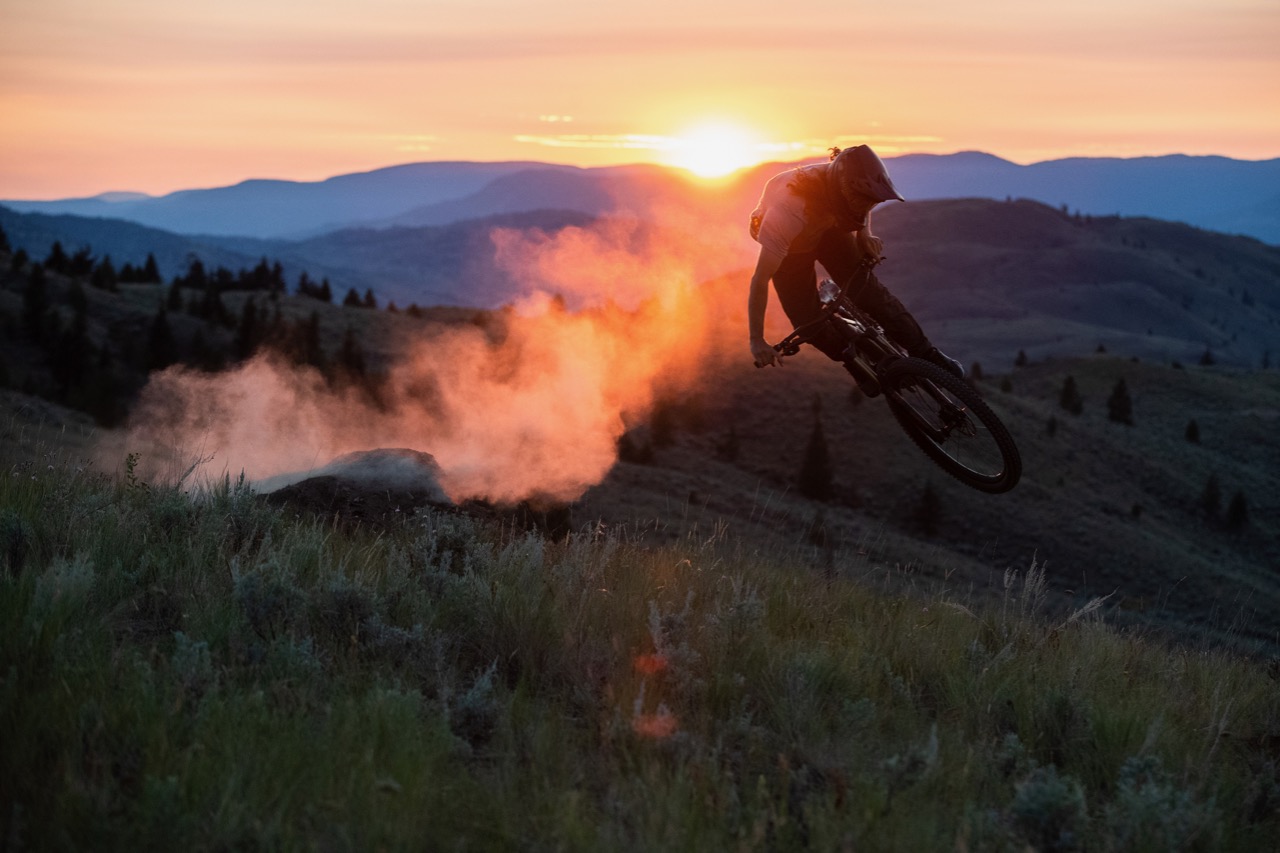
If you're all about the Mullet set up, Specialized do offer a link to keep the suspension working as they intended if you opt to put a smaller wheel size in the back.
The EVO suspension kinematics borrow a lot from the Enduro, with a leverage curve that has great small bump sensitivity while keeping mid-stroke support and bottom out resistance. The axle path also takes notes from the Enduro, moving backwards first so you don't get hung up, then forward and decoupling from dirvetrain pressure so it's free to move as you get rowdy. Compared to the current Stumpjumper EVO there is better bottom out resistance. They worked with their World Cup gravity team on getting the mix of anti-squat right, with a litlte more than on the Enduro for better climbing traction. The result – a long travel trail bike that is said to climb well without touching the climb switch.
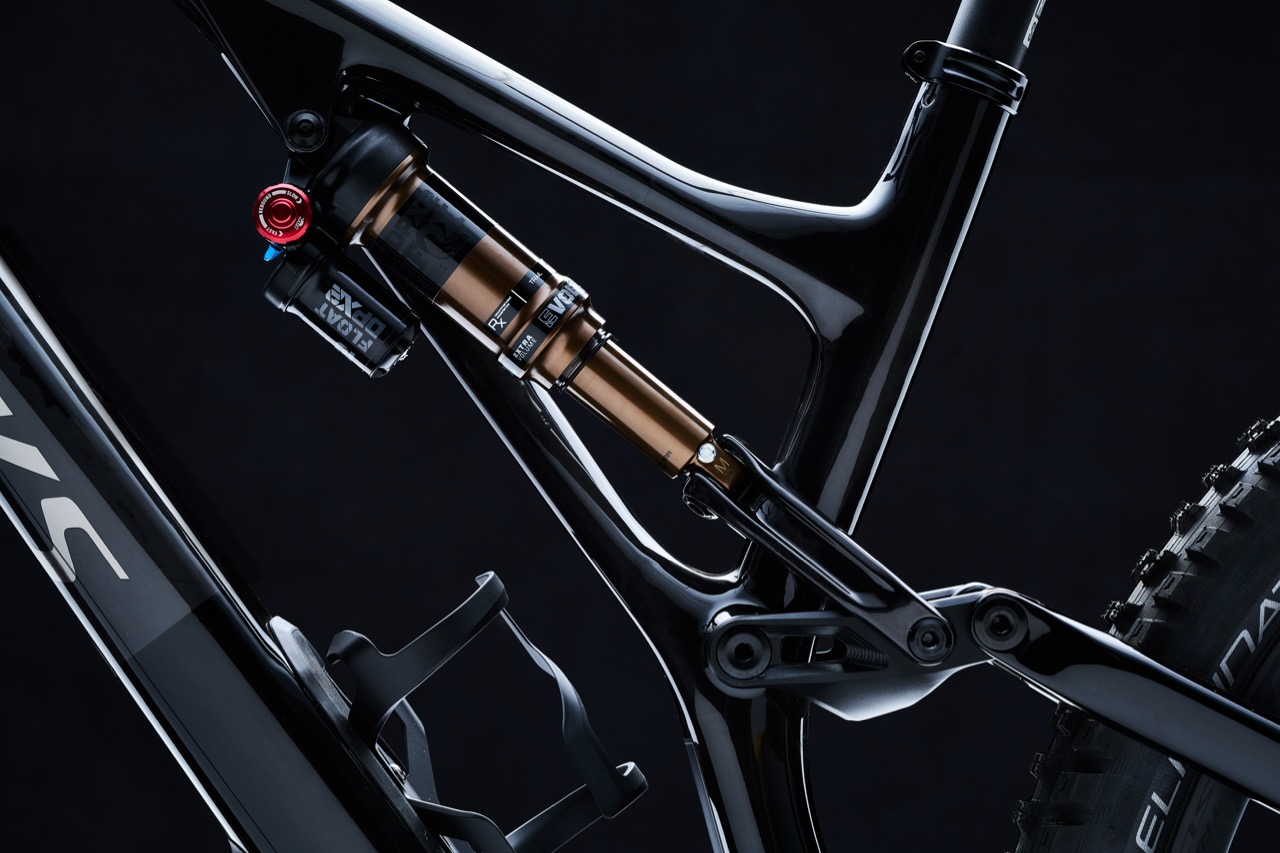
A steeper seat tube angle helps with the climbing, to keep you right over the pedals, and size specific chainstays mean that no matter your size, you won't find the back end too short or long – but balanced. How's all that geometry play out? See below. You'll also note that Specialized have gone to S-sizing, like the Enduro. More on that later.

And more…
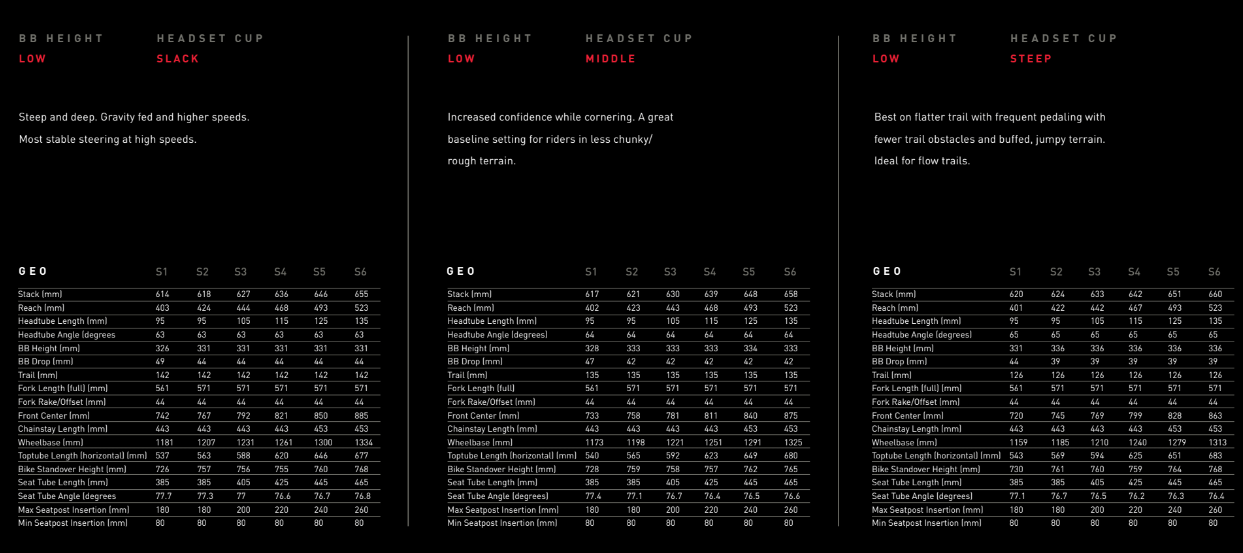
The Specialized Stumpjumper EVO is no longer a cool project that the bike designers got to work on – but a whole range of trail bikes that can be easily adjusted to suit your trails and the way you ride. They have frame weights under 3kg, the capability to ride all day and shred really hard. Prices start at $6900 for the Specialized EVO Comp. There aren't any alloy options this time around.
Find full details on the Specialized website.
But what about the Specialized Stumpjumper? Read on.
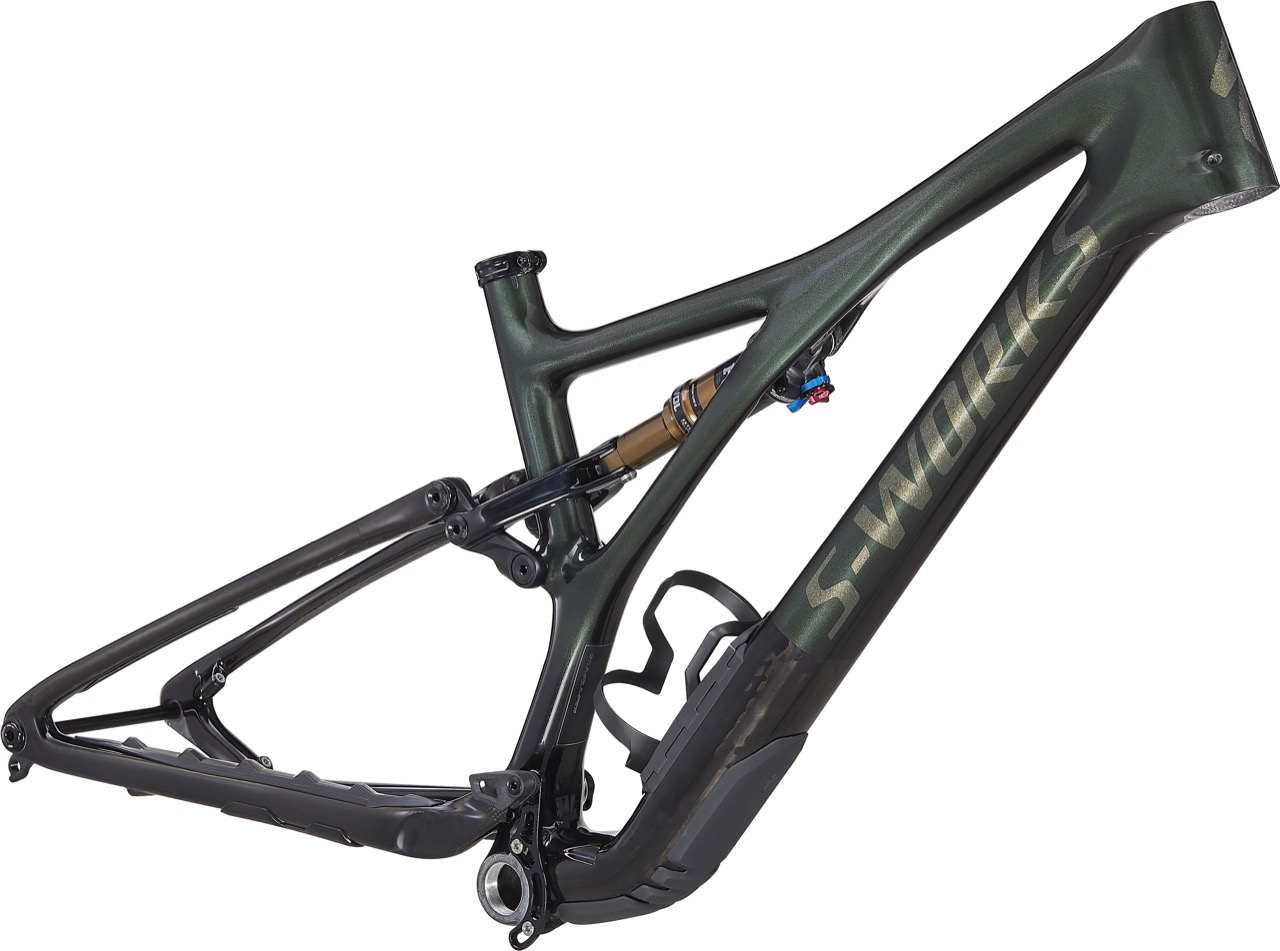
The Specialized Stumpjumper
You might consider the Stumpjumper is the Dr Jekyll to the EVO's Mr Hyde. They are born from the same DNA, to shred trails, but they are deisgned with slightly different uses in mind. Again, Specialized realised that the scope for trail bikes is super wide. There are those who want to carve singletrack that flows through parkland, and there are those who just want to ride loose in the jank. The Stumpjumper is tailored for the former, and the Stumpjumper EVO for the latter.
While the Stumpjumper EVO leans heavily on suspension kinematics of the Enduro, the Stumpjumper brings frame tech and tunes from the Specialized Epic EVO. As such the Stumpjumper is about being a light and refined bike that is agile – while still giving the stability required for when things get a bit loosey goosey. The bike is designed around a 140mm travel fork, with 130mm in the back. This short, or mid, travel trail bike is a really popular segment, fileld out by bikes like the Trek Fuel EX, Norco Optic, Merida OneTwenty, Transition Smuggler, Giant Trance 29er and a whole bunch more.
While the frame looks about the same, there are some notable changes. It's about 100g lighter, the geometry has been tweaked, there's no Horst Link pivot, and there's a bunch of useless carbon removed. Specialized went deep with analysing what material was working, and what wasn't doing anything, to strip this bike back to be strong – but light. with a claimed weight of under 2500g including hardware and shock, that's a light frame. And it is stiffer than before!
Adding a flex stay and removing the pivot isn't wild, but it's new for a Stumpjumper. It saves 55g but Specialized say it also helps create a stiffer ride, with less flex introduced into the system. It also acts as a negative spring, helping make that initial part of the suspension buttery smooth and plush!
In the suspension department, the shock tune has been designed to ramp up so you can get the most out of the travel without a harsh bottom out. So while it's pretty supple for small bump sensitivity, the mid-stroke offers a lot of support so you don't sit deep when pushing into corners, but the last 30mm of travel ramps up to really aid a progressive feel. Specialized used a larger volume air spring to help achieve this tune. They also employ the digressive tune from Fox. This means there is good compression damping for pedal feedback, but high speed hits blow through that easily – which is what you want for sudden impacts like square edge hits at speed. A custom rebound tune keeps a light tune for small bumps that need a fast response, but dials it back so you don't get a return booter when you press send.
Like the Stumpjumper EVO, you can adjust how the bike rides, but via a flip chip in the shock mount. You can lift or lower the bottom bracket with 7mm of difference, and this can slacken or steepen the head angle as well. Along with a longer reach, there's a bunch of updates to the geometry.
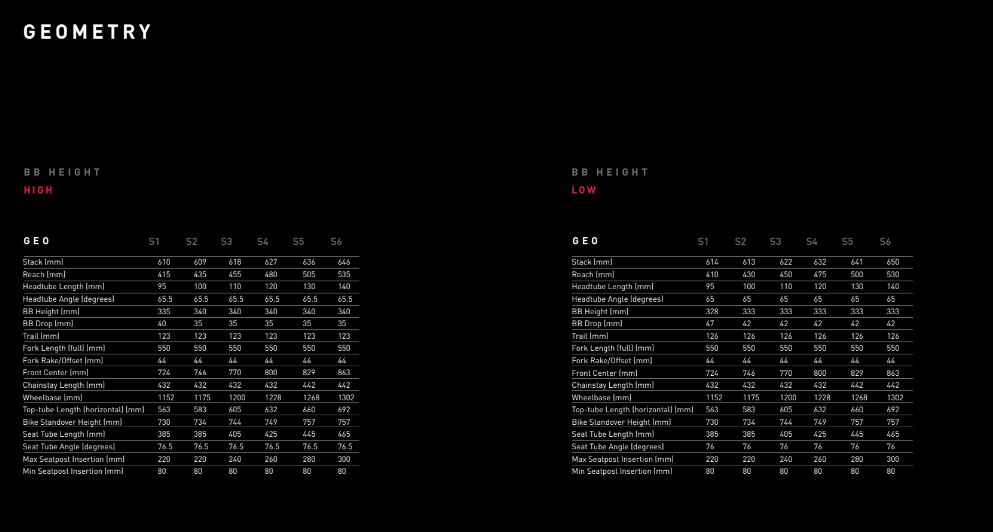
Noticed that S-sizing? Specialized have brought that across from their Enduro. It means you can choose your fit based on reach. With 6 sizes, you can still consider this as XS-XXL, but as the seat tubes are fairly short, and standover very generous, if you prefer your bikes long and large, but have shorter legs, you aren't stuck on a 100mm dropper post. If you seem to fall between sizes – go up for some length and stability, or down for agility and flickability. You do you. This is the same for both the Stumpjumper and Stumpjumper EVO models.
Here in Australia there are 6 models, as Specialized do have two alloy models to go along with the carbon super bikes. Prices start at $3200, and the shock tunes and geometry remain the same. Alloy bikes stick with a rear end pivot and not a flex stay, and the carbon models start at $6600.
If you're after more details, head to your Specialized dealer or check out their website.
So, how do I choose what Stumpjumper to get?
That's the $15500 question. Well, if you're looking at the S-Works Stumpjumper. Specialized set out to create the best trail bike out there, and one of the most versatile. While the Stumpjumper name covers a whole range of trail riding, picking the EVO or the vanilla regular models takes a bit of commitment.
The best way to decide is to look at yourself into the mirror, be honest, and ask yourself what kind of rider you are, and what kind of rider you want to be. If you know you charge hard, your Instagram profile is followed for your set of mad bike skills and you live for riding jank – chances are you're a Stumpjumper EVO customer.
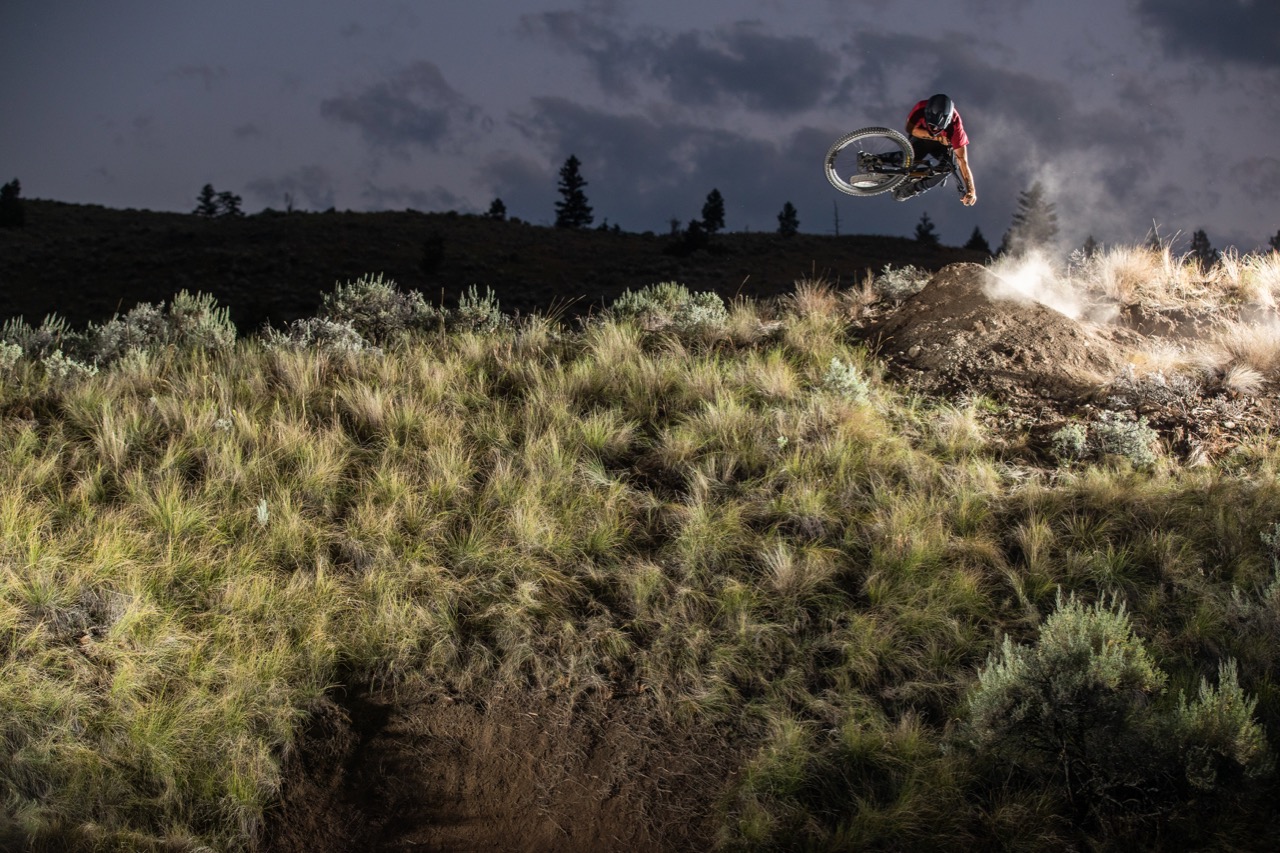
If views of endless ribbons of singletrack in the high alpine, and sunset shots of fir and pine forests with brown velvet rugs through it sets your heart aflutter – maybe the Stumpjumper is for you.
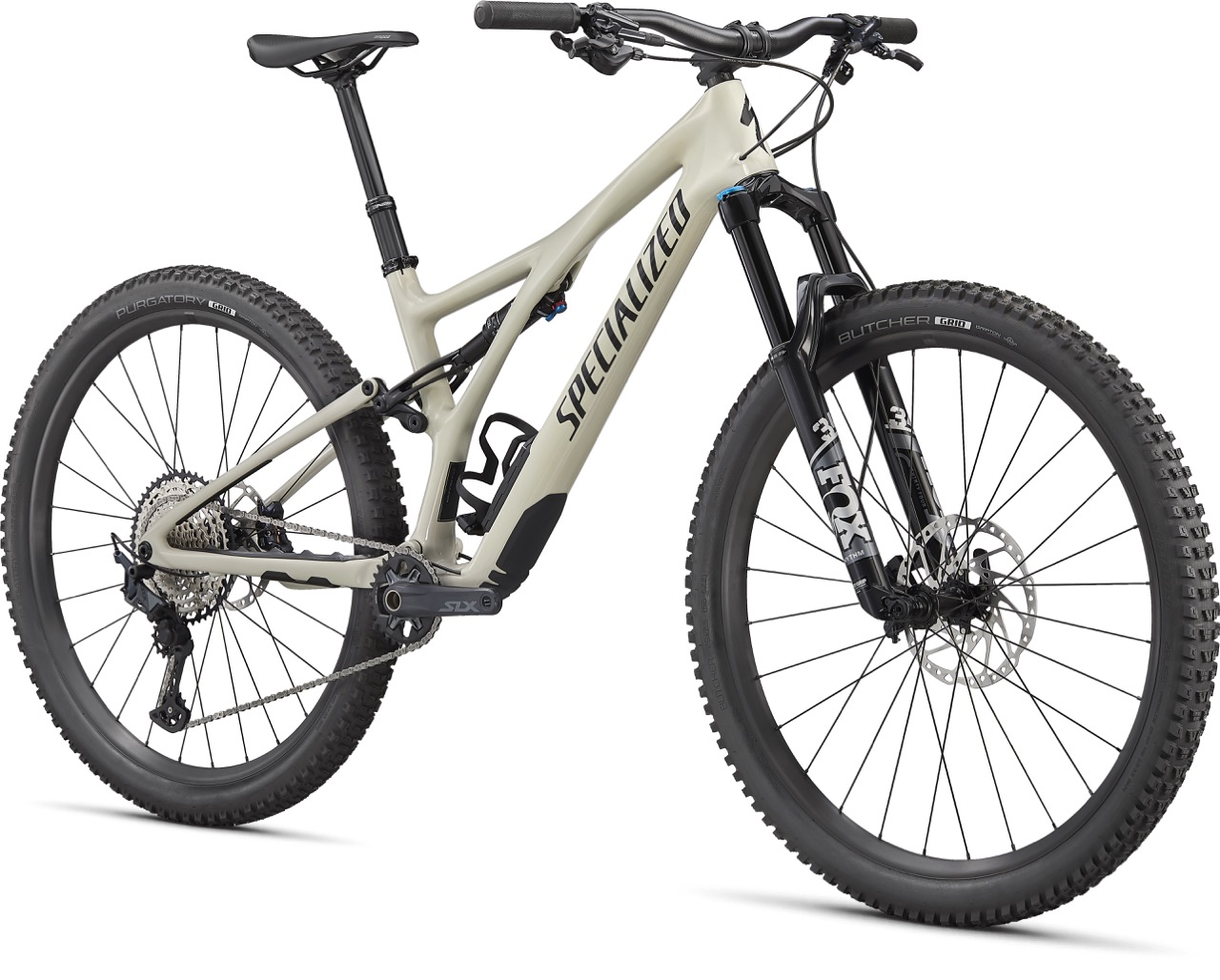
Make no mistake, both bikes have been rebuilt from the ground up to have more progressive geometry, increased SWAT storage, stiffer frames (that are lighter as well!) and they also have more standover clearance and better shock tunes. But the EVO is for the wild child in you, or the aspirant wild child. And the Stumpjumper is the bike that will suit riders looking for an all-day trail bike that doesn't leave them too beaten up after a few hours of shredding trails.
Again, if you're stuck, drop in to your local Specialized dealer and ask them about the specific ins and outs.

